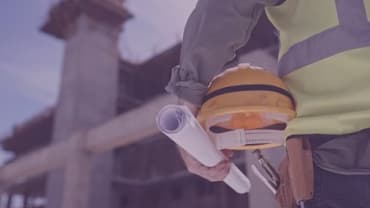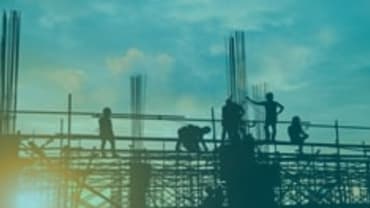On 19 April 2024, the Scottish Government announced it had secured the power to introduce a Scottish Building Safety Levy ("the Scottish Levy").
The Scottish Levy will operate as a tax on developers in relation to the construction of new residential buildings. With the revenue generated being used to help fund the Scottish Government's Cladding Remediation Programme to finance the remediation of historic buildings.
Given the Scottish Parliament does not have the power to introduce new taxes and levies, Westminster will first need to legislate to provide the Scottish parliament with the necessary power. Little information has been released, however, in relation to how the Scottish Levy will operate in practice.
Whilst it will no doubt be based on the Levy being introduced in England as part of the changes under the Building Safety Act (the "BSA"), unless further wider reaching changes are made, it is unlikely to directly mirror the position in England.
This is because, once introduced, the English BSA's Building Safety Levy will operate alongside the new BSA Gateway regime, with payment being split into two parts. 60% paid before the works commence (at Gateway 2) and the remaining 40% before the final certification stage (as part of Gateway 3).
In England, the proposal is that the levy will then be enforced through the withholding or rejection of the relevant Gateway building control approval, a power the English Government has under the Building Safety Act. At present the Scottish Government does not have this same power to block access to market. Likewise, the BSA Gateway regime does not apply in Scotland. Whilst the Scottish Government is considering an approach based on a Compliance Plan, to be submitted pre-warrant and then at the final warrant approval stage (see our article on this here), the current proposal is in its early stages and does not look to go as far as the new Gateway regime in England.
Once the powers have been formally devolved, the Scottish Levy will need to be developed through consultation and liaison with the housebuilding sector, the UK Government and other relevant stakeholders. At that stage more information should become available about how the Levy will work in practice and how it will sit within the current building control framework in Scotland. The main concern being the potential complexity (and administrative burden) for those in this sector if the Scottish Levy differs from the English Building Safety Levy.
For more content around building and fire safety regulations and legislation, visit our Building & Fire Safety Hub.
Contributors
Senior Associate
Head of Dispute Resolution and Risk & Partner
Trainee Solicitor














